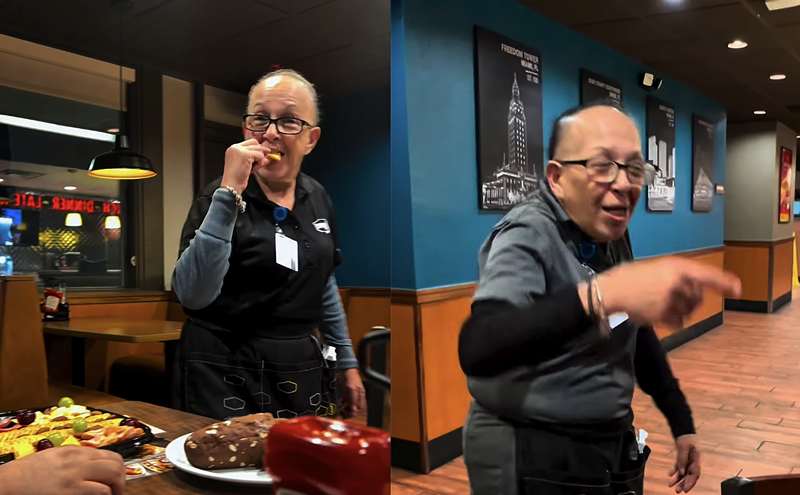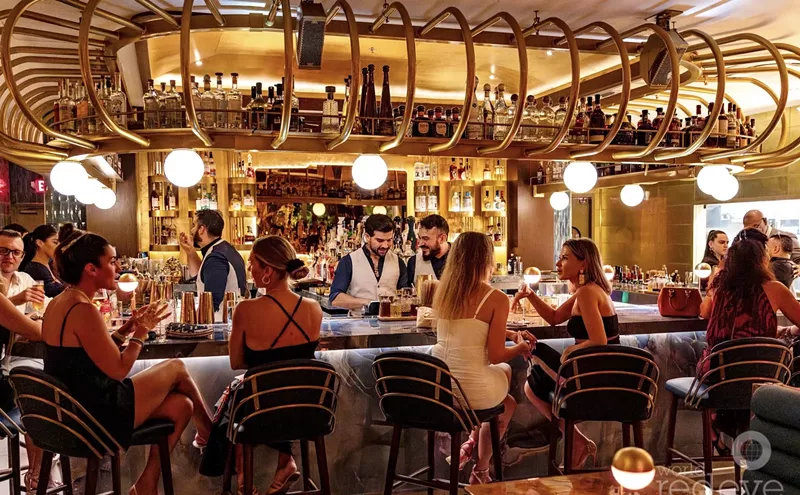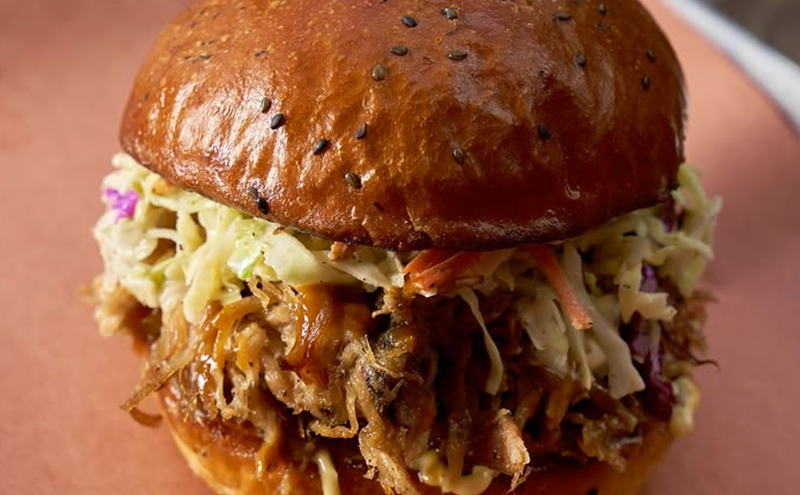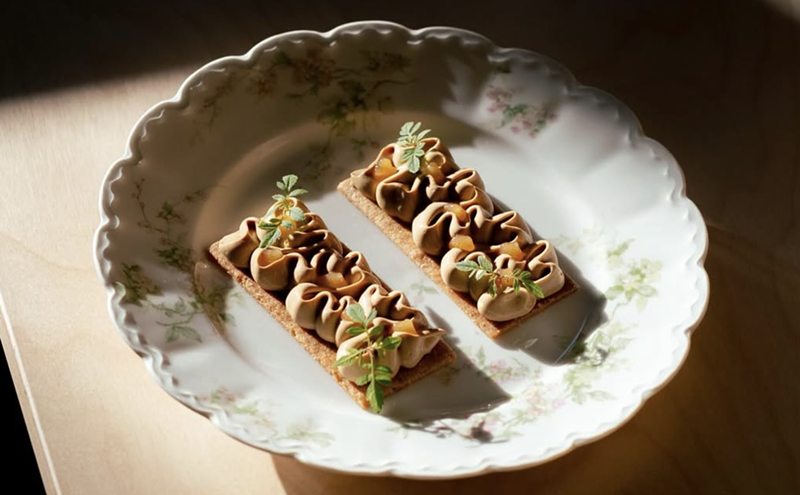The dining room appears almost exactly as it did when Spiga premiered. Not much else has changed about the place, either. Original proprietor/chef Roberto Legrand is still the boss, but the Rio de Janeiro native now spends most of the year at his other restaurant in Brazil. Day-to-day management has been entrusted to Andreas Lavi and his wife, general manager Francesca Cuccurullo, both of whom began working at Spiga five years ago. Some of the waiters have been around even longer than that, so service is delivered by experienced hands. The concise wine list remains intact, give or take a few additions and subtractions. One of the newer bottles, Dugal Cá de' Rocchi, is a full-bodied, well-balanced blend of Cab and Merlot from Veneto ($55). Spiga's moderate prices are likewise pretty much the same as they were, having edged up in only a small, cost-of-living sort of way.
We should be most grateful the heartwarming, trattoria-style cuisine has held steadfast. That is because one of Miami's most underrated chefs, Saele Cantoni, has been behind Spiga's stoves since the first year of operation. "Fresh and homemade" is his blueprint for authenticity, and you can witness it on nearly every plate — in the bread basket too, which overflows with slices of focaccia and a crusty rustic loaf, both prepared on the premises.
Some of the pastas are likewise made in-house (all of this production is no small feat in such limited kitchen space, if I remember it correctly). A hearty portion of quadretti was simple and sensational, with long, wide, folded strands of sumptuous noodles, portobello mushrooms, sweet ripe tomatoes, papery shavings of Parmesan, and a pervasive perfuming of truffle oil. A semipermanent nightly special brought delicate, eggy squares of crabmeat-plumped ravioli sautéed with tomatoes, green onions, and shrimp that were too small and too tough. The pasta was salted heavily enough that Parmesan would have likely ruined it, but I was nonetheless surprised that no waiter came by to offer any.
This kitchen crew seems adept at most everything. Minestrone, fortified with the healthy barleylike grain farro (replacing the traditional beans), was flush with full vegetable flavor. Caesar salad was crisp and bright. A starter of tenderly grilled baby squid needed only fruity olive oil and lemon juice to sparkle. Other appetizer choices are commonplace contemporary Italian restaurant favorites such as tomato, mozzarella, and basil salad; beef and tuna carpaccios; prosciutto and melon; and sautéed mussels. The most unique offering is probably the platter of five Italian cheeses served with homemade marmalade. Prices range from $7 to $12, which is fair in light of the quality.
The majority of main courses are less than $20 and encompass a wide array of uncomplicated Italian fare. The most expensive item ($26) was one of my favorites, a char-grilled bone-in lamb steak cut from the leg, marinated in olive oil with garlic and rosemary, and gloriously infused with meaty, slightly gamy flavor. Veal scaloppine is for those with a milder palate, or perhaps fewer teeth — you don't need many to masticate the buttery fillets aswirl in white wine and herbs. Seafood offerings include baked grouper with béchamel crust, sautéed snapper and shrimp in Prosecco sauce, and tuna or salmon from the grill. Meat and fish entrées are accompanied by vegetable and starch, which during our visits were golden brown discs of roasted potatoes and sweet, bulky, buttery carrot slices. The menu doesn't contain a category for side vegetables, but if you are looking for some to go with a main course of pasta, try broccoli or spinach, both prepared aglio e olio (with garlic and olive oil). These can be found under "salads," while asparagus gratinéed with Parmesan is filed among the appetizers.
A tall triangle of frozen lemon meringue torte, drizzled with syrupy chocolate sauce, melted on the tongue like light, creamy ice cream. A short, more cakelike bittersweet chocolate torte, accompanied by a scoop of vanilla ice cream, was delectably rich. And a skinny wedge of ricotta cheesecake, laced with vivid vanilla notes, came pooled in a thin strawberry sauce and tasted precisely as it did the last time I tried it nearly a decade ago.
Stability and consistency are not the most exciting of restaurant traits, yet there is nothing more important to the success of any business. That is probably why Spiga not only draws tourists to its slightly secluded location, but also claims an ever-growing legion of loving locals. So many, in fact, I'd say it's time for Mr. Legrand to consider replacing those door handles.












